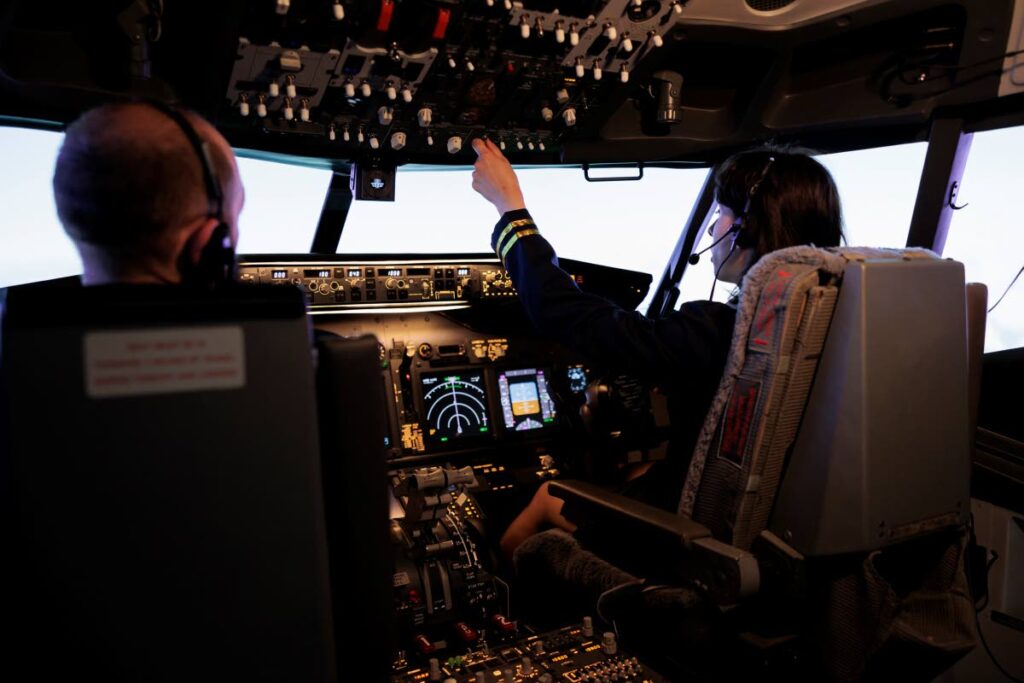Flight crew duty-time limitations

Flight crews, like other people, are subject to physical and emotional stressors which contribute to fatigue.
The International Civil Aviation Organisation (ICAO) defines fatigue as a physiological state of reduced mental or physical performance capability resulting from sleep loss, extended wakefulness, circadian phase, or workload that can impair a person’s alertness and ability to perform safety-related operational duties.
High levels of flight-crew fatigue significantly increase the potential for pilot errors.
Fatigue is particularly prevalent among pilots because of unpredictable work hours, long duty periods, circadian disruption and insufficient sleep.
These factors can occur together to produce a combination of sleep deprivation, circadian rhythm effects, and "time-on task" fatigue.
Regulators seek to mitigate fatigue by limiting the number of hours pilots are allowed to fly over varying periods of time.
It has been estimated that four-seven per cent of civil aviation incidents and accidents can be attributed to fatigued pilots.
"In the last 16 years, fatigue has been associated with 250 fatalities in air carrier accidents," said Robert Sumwalt, NTSB vice chairman, at a Federal Aviation Administration (FAA) symposium in July 2016.
Symptoms associated with fatigue include slower reaction times, difficulty concentrating on tasks, resulting in procedural mistakes, lapses in attention, inability to anticipate events, forgetfulness and reduced decision-making ability. The magnitude of these effects is correlated to the circadian rhythm and length of time awake.
Performance is affected the most when there is a combination of extended wakefulness and circadian influences.
According to the US Centre for Disease Control (CDC) circadian rhythm is the internal biological clock that regulates body functions based on our wake/sleep cycle. It can be disrupted by changes in sleep pattern. Flight crews can experience circadian-rhythm disruption (specifically jet lag) as they work.
Flight crews often operate aircraft across time zones. This can affect their internal biological clock and disrupt normal sleep patterns, which can lead to fatigue, difficulty sleeping, changes in mood, stomach and intestinal symptoms and other health problems.
Although travellers who suffer circadian disruption after a single flight recover after one-two weeks, flight crews are continually exposed and show evidence of chronic circadian-rhythm disruption. Some flight crews may have higher exposure to circadian disruption than most of their co-workers and may be at greater risk for possible health effects.

There are a number of global organisations, such as NASA Ames, that do aeromedical research into flight-crew workload and fatigue.
An FAA study of 55 human-factor aviation accidents from 1978-1999 concluded that the number of accidents increased proportionally to the amount of time the captain had been on duty. The accident proportion relative to exposure proportion rose from 0.79 (one-three hours on duty) to 5.62 ( more than 13 hours on duty).
According to the study, 5.62 per cent of human-factor accidents occurred among pilots who had been on duty for 13 or more hours, which makes up only one per cent of total pilot-duty hours.
In another study by Wilson, Caldwell and Russell, participants were given three different tasks that simulated the pilot's environment. They included reacting to warning lights, managing simulated cockpit scenarios, and conducting a simulated UAV mission. The subjects' performance was tested in a well-rested state and again after being sleep-deprived.
In the tasks that were not as complex, such as reacting to warning lights and responding to automated alerts, it was found that there was a significant decrease in performance during the sleep-deprived stage. The reaction times to warning lights increased from 1.5 to 2.5 seconds, and the number of errors doubled in the cockpit.
However, tasks that were engaging and required more concentration were found not to be significantly affected by sleep deprivation.
The study concluded that fatigue effects can produce impaired performance. The degree of performance impairment seems to be a function of the numbers of hours awake and the engagement value of the task.
A US Air Forces study found significant discrepancies regarding how fatigue affects different individuals. It tracked the performance of ten F-117 pilots on a high-fidelity flight simulator. The subjects were sleep-deprived for 38 hours and their performance was monitored over the final 24 hours. After baseline correction, the systematic individual differences varied by 50 per cent, and the study concluded that fatigue's effect on performance varied drastically among individuals.
Based on sound ongoing aeromedical research, the ICAO set standards for regulating flight-crew hours of duty to ensure fatigue is reduced to a minimum.
A NASA Ames research report, Principles and Guidelines for Duty and Rest Scheduling in Commercial Aviation, is one of the more significant studies used by the ICAO.
The ICAO publishes the flight-duty and rest-scheduling standards in Annex Six – Aircraft Operations to the Chicago Convention.
Annex Six is supplemented by a suite of manuals related to fatigue management. Two such manuals are ICAO Doc 9966: Manual for the Oversight of Fatigue Management Approaches and the Fatigue Management Guide for Airline Operators, jointly published by ICAO, IATA and IFALPA.
Countries incorporate the ICAO standards for flight-crew duty times in their civil aviation regulations.
A country may choose to be more conservative than the ICAO standards, but cannot exceed the duty limits prescribed by the ICAO.
TT civil aviation regulations ensure that the duty times of flight crews allow adequate rest times to minimise fatigue.
This will be discussed in part two.

Comments
"Flight crew duty-time limitations"